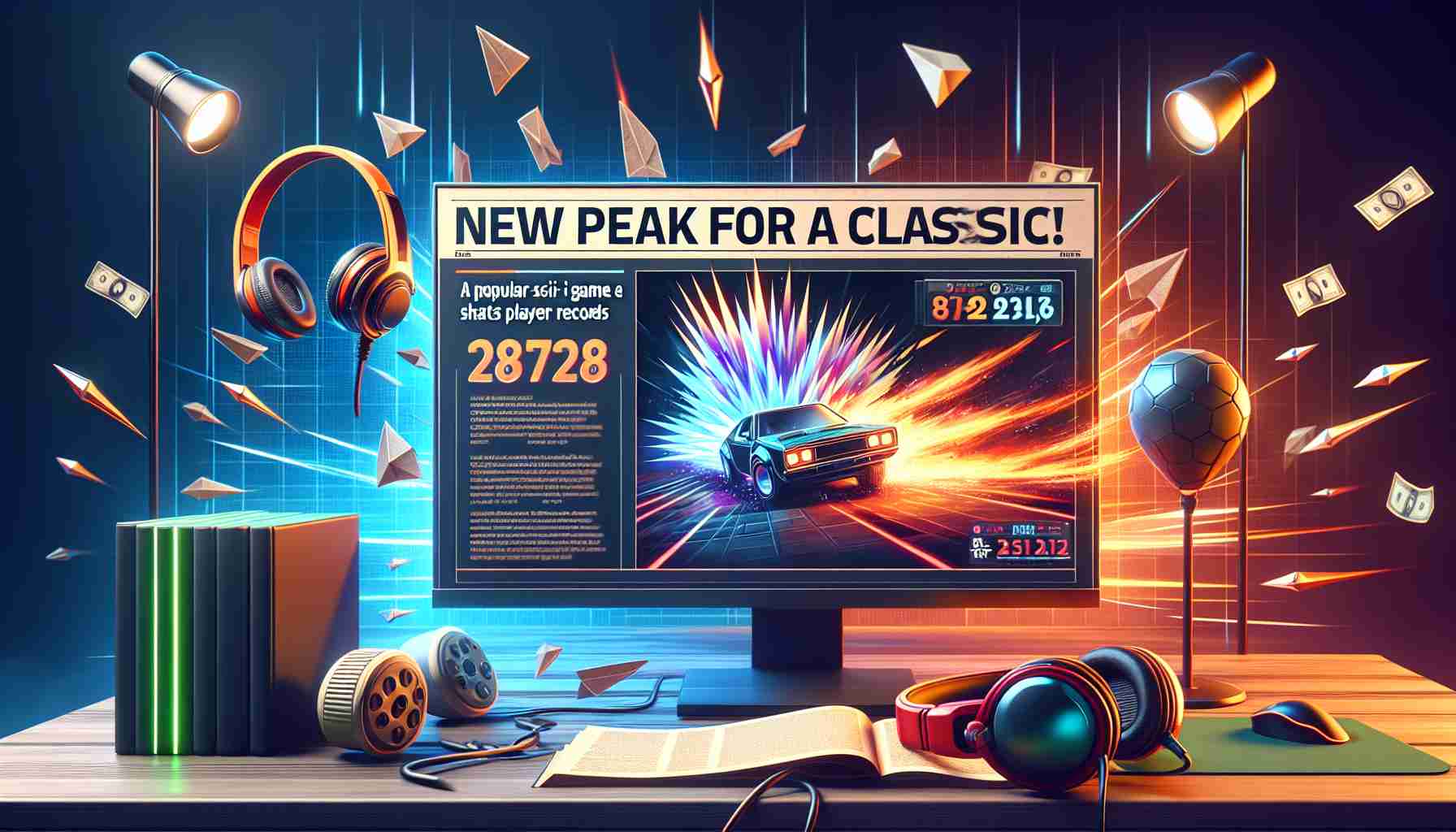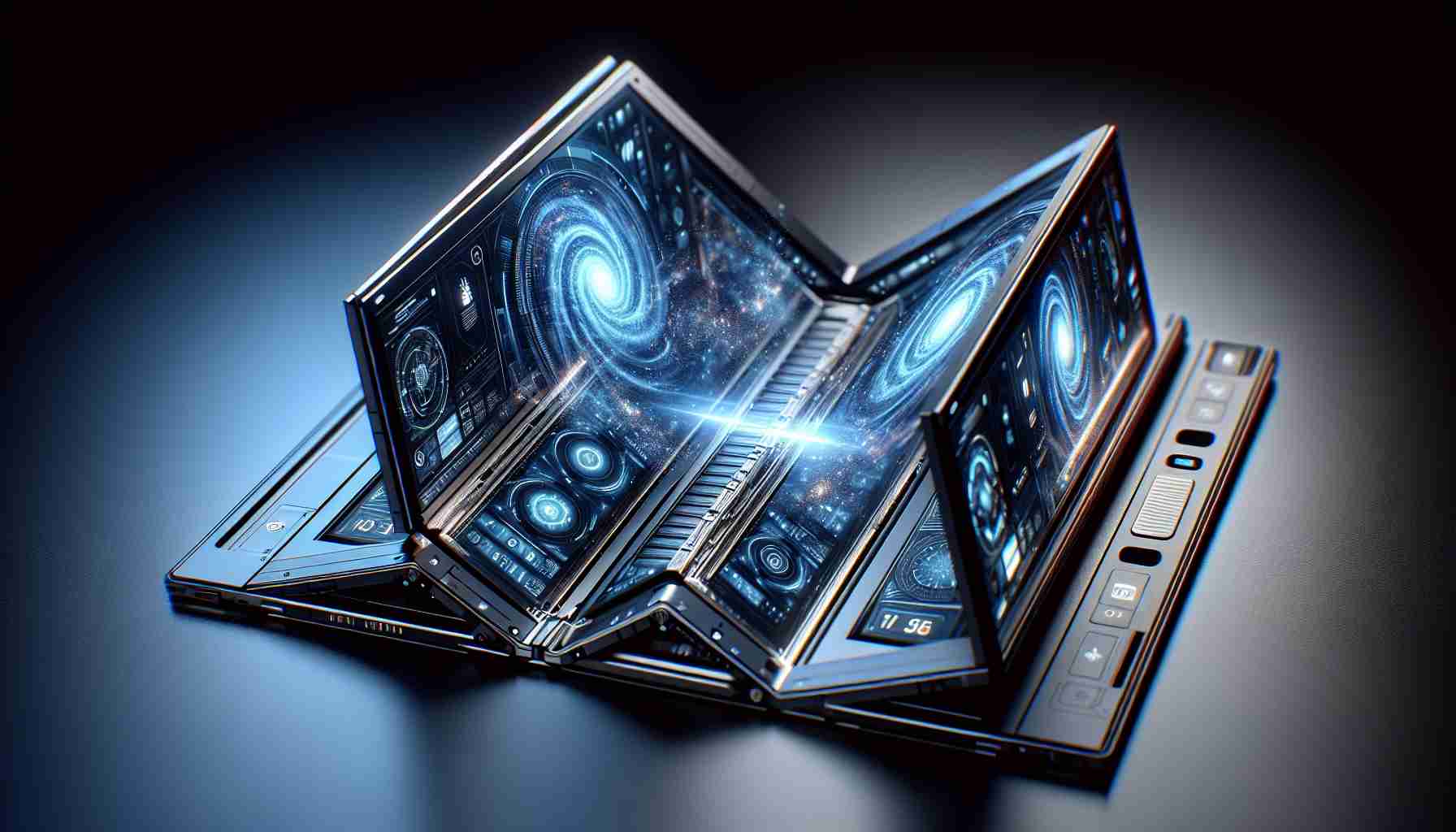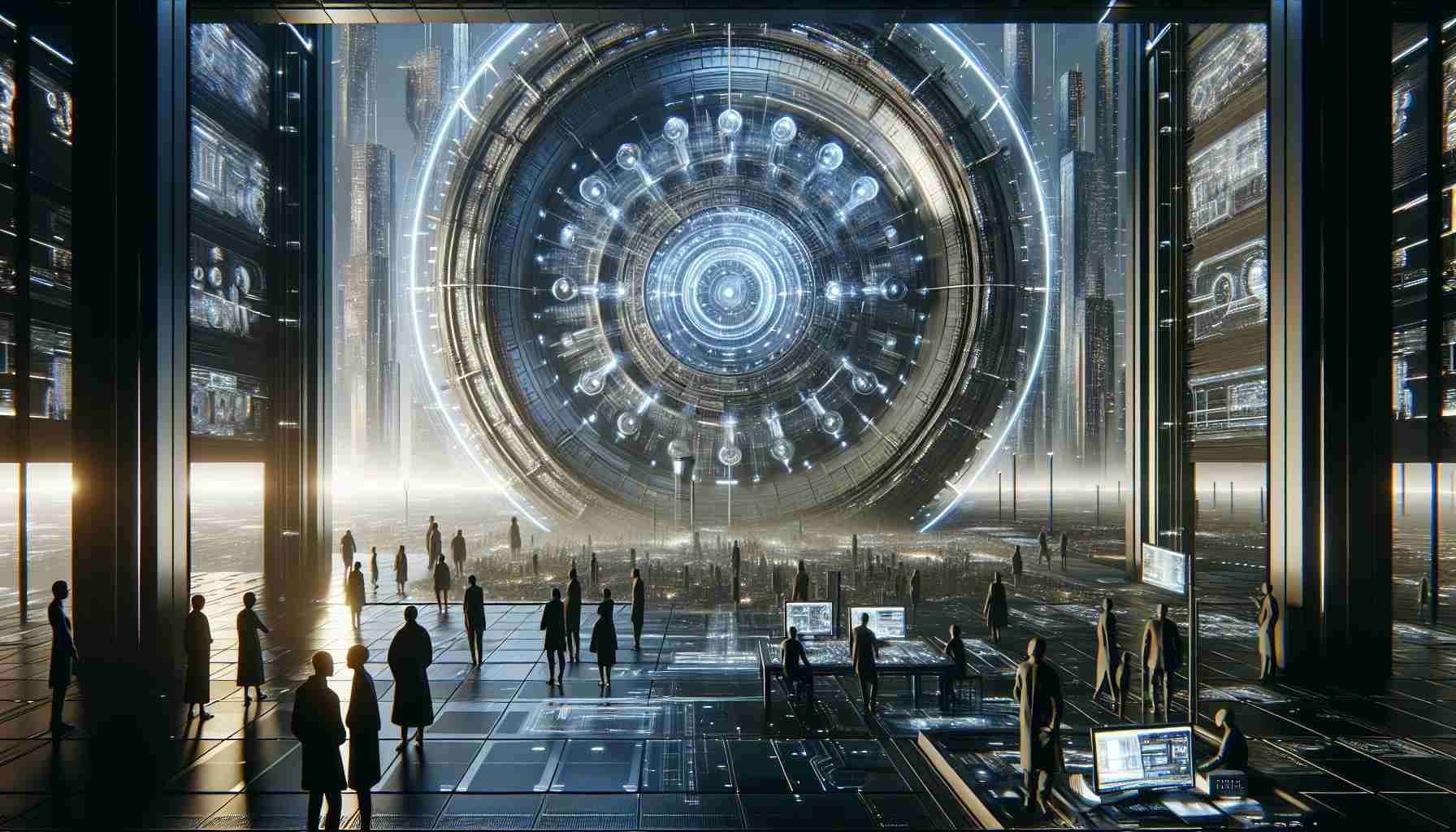Half-Life 2, the iconic video game, has experienced a remarkable resurgence on the Steam platform, setting a new player record after many years. According to recent statistics from SteamDB, within a period of nine hours, the game was simultaneously played by over 52,000 users. This achievement surpasses its previous peak from August 2021, when over 16,000 players were online at the same time.
This impressive increase in activity has been attributed to a major update released to commemorate the game’s 20th anniversary. The update brought significant improvements, including bug fixes and enhanced graphics, breathed new life into this beloved shooter. Additionally, the update incorporated Steam Workshop support and introduced new achievements, delighting fans of the franchise.
The game’s original and episodic content has been combined into a single package, providing a seamless experience for both new and returning players. As an added incentive, the game is currently available for free until November 18, encouraging even more players to dive back into the acclaimed title.
Released in November 2004, Half-Life 2 quickly became a sensation, receiving critical acclaim and numerous accolades, including “Game of the Year.” In a nostalgic nod, players were also treated to a demo release of a fan-made sequel, along with a revamped horror mod titled Nightmare House: Reimagined.
With this renewed interest and the enthusiastic community’s support, Half-Life 2’s legacy as a genre-defining title continues to endure and captivate a new generation of gamers.
The Timeless Appeal of Half-Life 2: Unraveling the Secrets Behind Its Latest Revival
Half-Life 2, renowned as one of the most influential video games in history, never seems to fade away. Despite being nearly two decades old, its recent rebirth on the Steam platform has piqued the curiosity of gamers and industry analysts alike. With a stunning surge in player numbers, new discussions are emerging about the implications of this iconic game’s enduring popularity on modern technology and humanity.
What Sparks Half-Life 2’s Timeless Allure?
The game’s resurgence begs the question: why is Half-Life 2 still capturing the imagination of players after so long? Some experts suggest that its sophisticated storytelling and engaging gameplay have set a benchmark in video game design. Its masterful fusion of action, puzzle-solving, and narrative depth offers players a cinematic experience that resonates even in today’s fast-paced gaming culture.
One interesting aspect is the continuous improvements made by the developer community. The latest update does more than simply improve graphics and fix bugs; it demonstrates a model of sustainable gaming. It allows Half-Life 2 to transcend generations with modernized visual fidelity and Steam Workshop integration, fostering a thriving modding community. This collaborative environment ensures that older games can be revitalized to keep pace with modern titles.
The Technological Impact of Half-Life 2
Half-Life 2 was originally praised for its cutting-edge physics engine and narrative delivery, influencing future game development significantly. Its innovative use of in-game physics through the Source Engine has inspired countless developers to integrate realistic physics mechanics into their own titles. As such, the resurgence of this classic might rekindle interest in these now-standard features, pushing developers to utilize ever-advancing technology to create even more immersive experiences.
Moreover, the re-release with an updated package offers lessons about digital preservation and the importance of maintaining software integrity over time. As the gaming community faces the challenge of accessing older games on modern hardware, the success of Half-Life 2’s revival showcases how updates can help preserve gaming history.
Are There Drawbacks to Reviving Classic Games?
While the revival has been met with enthusiasm, it also raises questions about the potential downsides. Could the focus on remastering classics overshadow the creation of innovative new titles? There’s a risk that developers might prioritize nostalgia over new intellectual properties, potentially stifling creative progress in the industry.
Another consideration is the economic impact on new games. With Half-Life 2 being offered for free, it might inadvertently discourage purchases of newer titles by providing a high-quality alternative at no cost. This could lead to market saturation, which may impact the revenue streams of smaller independent development studios.
Controversies and Future Implications
One of the most debated aspects is the fan-made sequel demo and revamped mod being included in the update. While these additions are exciting for the community, they spark discussions around intellectual property rights and the boundaries of fan contributions in official releases. Will this blur the lines of ownership, or foster more collaborative environments between developers and dedicated fans?
In conclusion, Half-Life 2’s enduring appeal highlights both opportunities and challenges as it revives on the gaming stage. The crossroads of nostalgia and modern technology it occupies provide numerous insights and lessons for both gamers and developers. As the industry continues to evolve, it will be fascinating to see how other timeless titles adapt and influence the future of gaming. For more information on gaming industry trends and developments, you may visit PC Gamer or GameSpot.





















